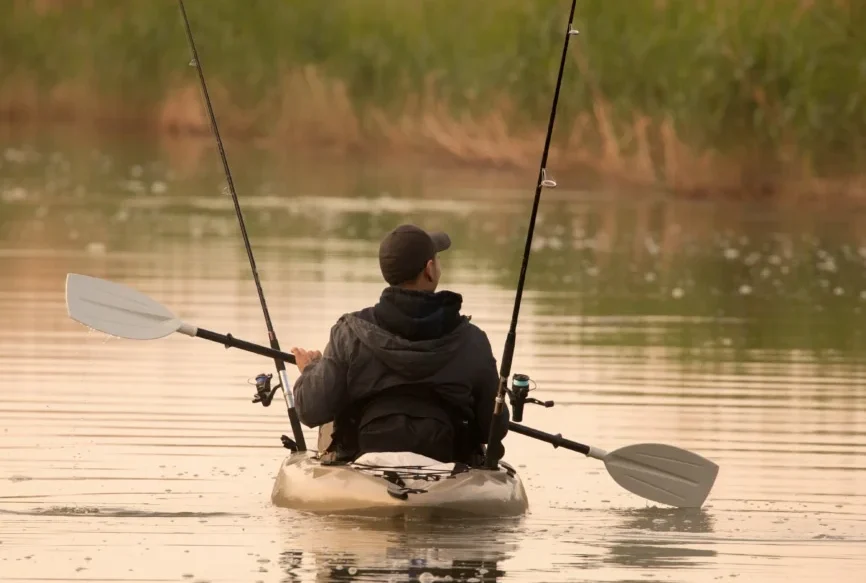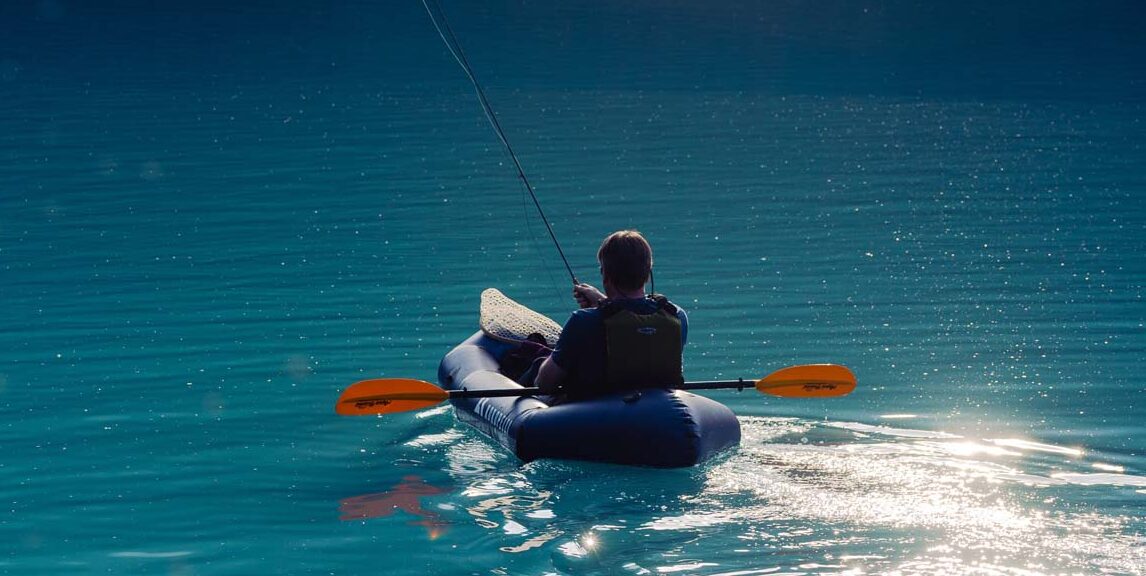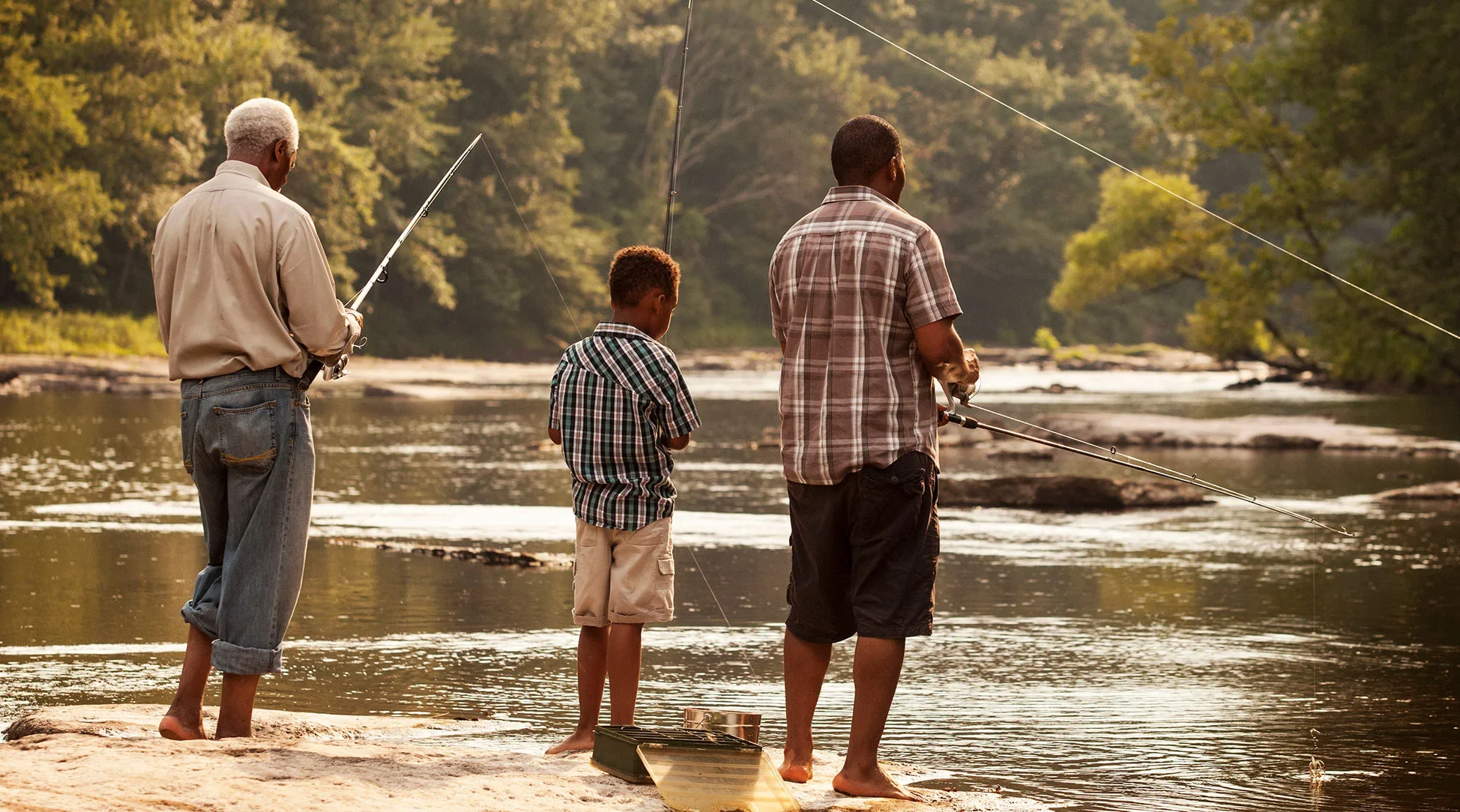Understanding the dynamics of river currents and eddies is crucial for successful kayak fishing in rivers. There are different types of river currents, including rapids, riffles, and pools, each with their own unique characteristics. Rapids are characterized by fast-moving water and are typically found in shallow areas with a steep gradient. Riffles, on the other hand, are shallow areas with moderate to fast-moving water, while pools are deeper areas with slower-moving water. Understanding the type of current in a particular area can help a kayaker navigate the river more effectively and identify potential fishing spots.
Eddies are areas of calm water that are formed by the flow of water around an obstacle, such as a rock or log. These areas are often prime fishing spots as they provide a place for fish to rest and feed. There are different types of eddies, including eddy lines and whirlpools, each with their own unique characteristics. Kayakers can use eddies to their advantage by anchoring their kayak in the eddy, casting their line into the current, and allowing their bait to drift into the eddy where fish are likely to be located. However, it is important to be cautious when anchoring in current to avoid any potential hazards.
Identifying and locating currents and eddies can be challenging, but there are several tactics that can be used to make the process easier. One effective method is to look for breaks in the current, such as areas where the water is moving more slowly or where there is a change in the direction of the current. These breaks can often indicate the presence of an eddy.
Additionally, kayakers can use their feet to feel for changes in the water temperature or depth, which can also help in identifying potential fishing spots. Once a current or eddy has been identified, kayakers can use various techniques such as eddy turns or peel outs to navigate the river safely and effectively.
Essential gear and equipment for kayak fishing in rivers
When it comes to kayak fishing in rivers, having the right gear and equipment is essential to ensuring a successful and safe experience. The first piece of gear to consider is the kayak itself. Kayaks designed for river fishing should be stable, maneuverable, and able to navigate through shallow waters and tight spaces. Look for kayaks with features such as a low profile, lightweight design, and good tracking ability. Additionally, it is important to consider the fishing gear and tackle needed for river fishing, such as lightweight rods and reels, lures, and bait.

Safety equipment is also crucial for kayak fishing in rivers. This includes personal flotation devices (PFDs), which should be worn at all times while on the water, as well as a whistle, signaling device, and a first aid kit. It is also important to consider the water conditions and weather forecast before heading out, as river currents can be unpredictable and weather conditions can change rapidly. Additionally, it is important to be aware of potential hazards such as rocks, rapids, and submerged obstacles.
When it comes to mastering currents and eddies in river fishing, there are several tactics to keep in mind. One tactic is to utilize eddies, which are areas of calm water behind obstructions in the river. These areas can be great spots to fish, as they often attract fish looking for shelter from the current. Additionally, fishing the edges of grass and looking for breaks in the current can also be effective in finding fish. Finally, mastering the one-handed cast and paddle can help with maneuvering the kayak while fishing, and using your feet to control the kayak can also be helpful. By utilizing these tactics and having the proper gear and equipment, kayak fishing in rivers can be a rewarding and enjoyable experience.
Techniques for fishing in river currents and eddies
Drift fishing is a popular technique for fishing in river currents and eddies. This involves allowing the kayak to move naturally with the current while dropping bait or lures into eddies and other areas where fish are likely to gather. Anchoring techniques are also useful for fishing in rivers. However, it is important to be cautious when anchoring in swift-moving water or in areas where the water is too deep to anchor safely. When anchoring, it is essential to position the kayak in a way that allows for easy access to fishing spots while also keeping the kayak stable.
Paddle techniques are critical for positioning and maneuvering the kayak in river currents and eddies. One-handed casting and paddling are essential skills for kayak fishing in rivers. Practicing these techniques can help anglers maintain control of the kayak while also casting and reeling in fish. Using one’s feet to steer the kayak is another useful technique for navigating river currents and eddies. Additionally, mastering the hip snap technique can help correct the position of the kayak or start a flip over, making one a better kayaker overall.
Utilizing eddies is another effective technique for kayak fishing in rivers. Eddies are areas where the current is moving in the opposite direction, creating a calm spot where fish are likely to gather. By positioning the kayak in an eddy, anglers can drop bait or lures into the water and wait for fish to bite. Learning to read the water and identify eddies and other areas where fish are likely to gather is an essential skill for successful kayak fishing in rivers. Overall, mastering these techniques can help anglers navigate river currents and eddies more effectively, leading to more successful fishing trips.
Tips for successful kayak fishing in rivers
Kayak fishing in rivers requires a different set of skills than fishing in other bodies of water. One of the most important tactics is reading the water and identifying fish habitats. This involves understanding how currents and eddies work and how they affect the behavior of fish. Eddies, for example, are spots where the current is moving in the opposite direction, creating a calm area that can be used to fish a stretch of river. By learning to read the water and identify fish habitats, anglers can increase their chances of success and catch more fish.
Adjusting techniques to different river conditions is also crucial for successful kayak fishing. This includes learning how to anchor the kayak in a river, maneuvering the kayak with more than a paddle, and using the current to your advantage.
Additionally, using an anchor or a drag chain can help keep the kayak in place and prevent it from drifting away from the desired fishing spot. By adapting to different river conditions, anglers can improve their fishing skills and increase their chances of catching fish.
Proper fish handling and release techniques are also essential for kayak fishing in rivers. Anglers should learn how to handle fish properly to avoid injuring them and ensure their safe release back into the water. Additionally, knowing how to master the sidearm cast and using eddy lines to your advantage can help increase your catch rate. By following proper fish handling and release techniques and mastering different casting techniques, anglers can enjoy a successful and sustainable kayak fishing experience in rivers.


